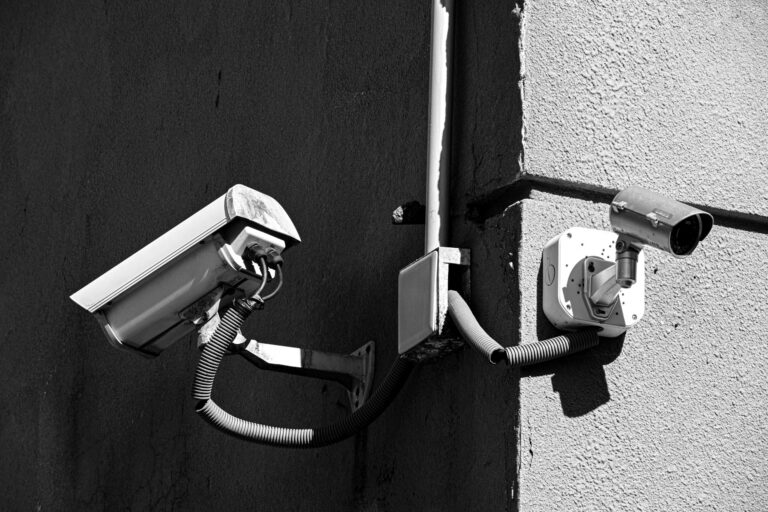Closing the Gap: How Patch Automation Fights Cyber Threats in Milliseconds
In today’s fast-paced digital environment, regular patching is a critical aspect of cybersecurity that businesses cannot afford to overlook. Rather than treating it as a secondary task, organizations should prioritize patch management to ensure their systems remain secure and functional.
The Importance of Regular Patching
Effective patch management is essential for maintaining the health of your IT infrastructure. Below are key reasons why patching should be a top priority:
- Mitigates Security Vulnerabilities: Regularly applying patches helps to close security loopholes that can be exploited by cybercriminals.
- Enhances System Performance: Patches often include updates that improve the functionality and speed of software applications.
- Ensures Compliance: Many industries have regulations that require companies to keep their software up to date to avoid legal penalties.
Best Practices for Effective Patch Management
To streamline the patching process, consider implementing the following best practices:
- Establish a Patch Management Policy: Create a clear policy that defines the patching schedule, responsibilities, and procedures.
- Automate Where Possible: Utilize automated tools to help identify, test, and deploy patches efficiently.
- Regularly Monitor Systems: Conduct routine checks to ensure all systems are patched and compliant with your policy.
Conclusion: Prioritize Patching for Business Continuity
In conclusion, patch management should not be an afterthought. By prioritizing patching, businesses can enhance their security posture and ensure operational continuity. For more information on effective patch management strategies, visit our Patch Management Guide or check out this CISA resource for best practices.







